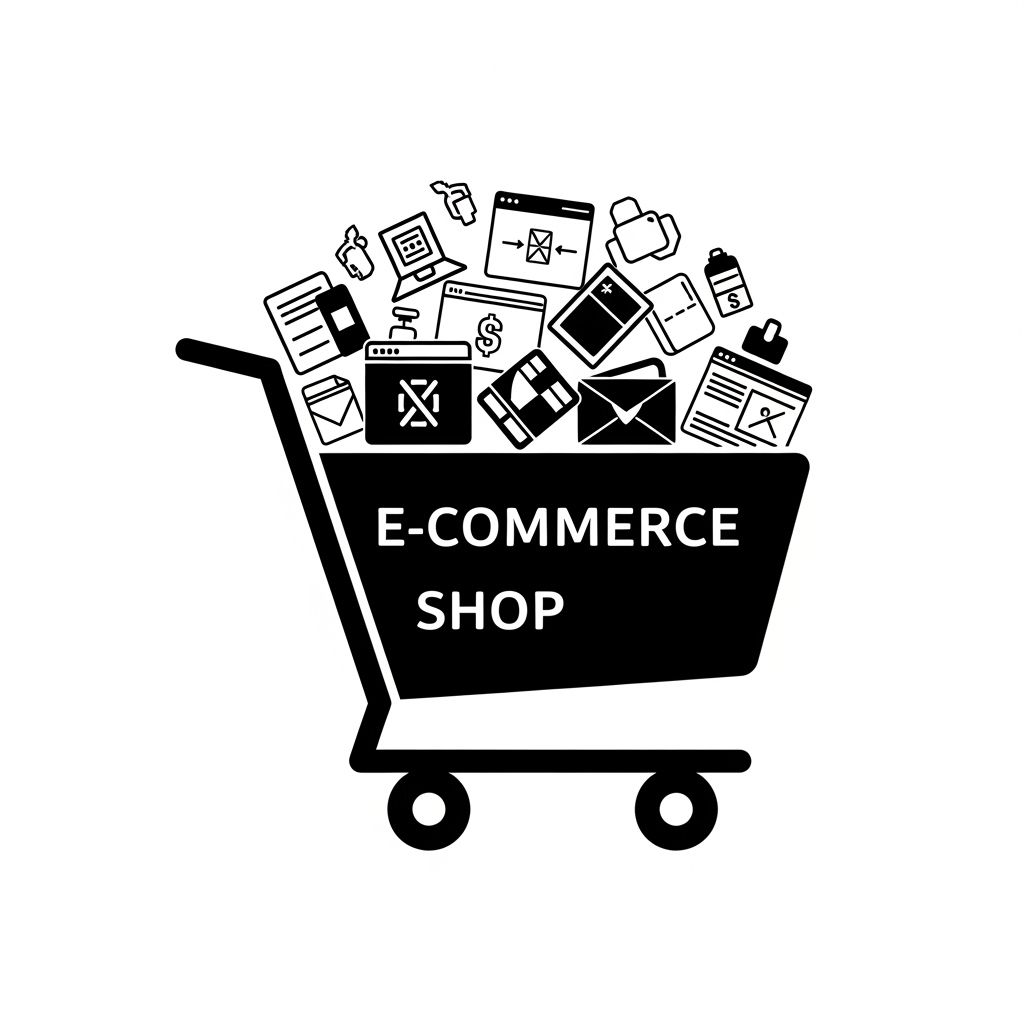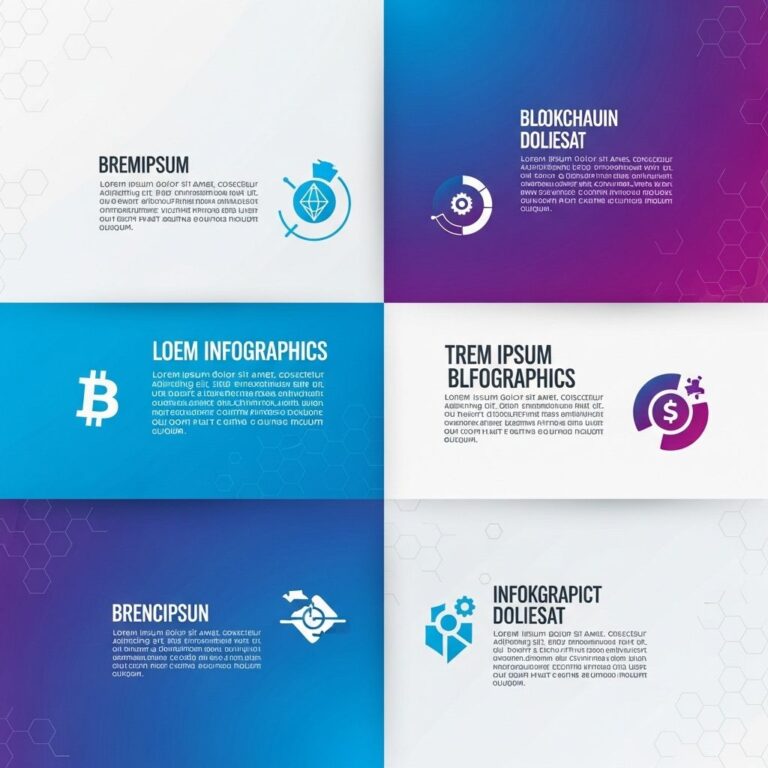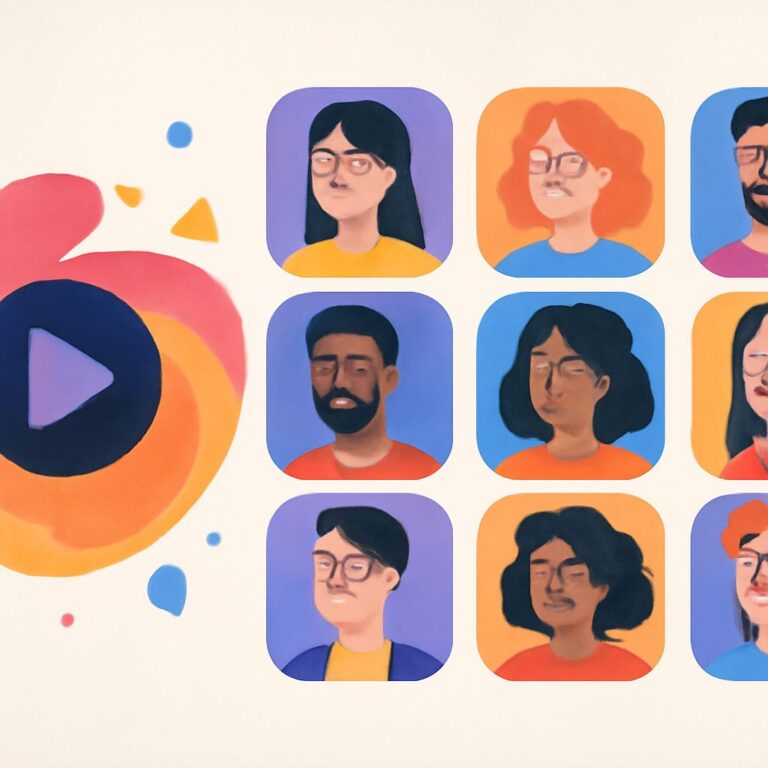In today’s rapidly changing digital landscape, design skills have become an invaluable asset, not only for personal expression but also as a lucrative source of income. With the rise of online platforms and the growing demand for visual content, turning your design skills into a profitable endeavor is more achievable than ever. In this article, we will explore various strategies and practical tips that can help you generate at least $5,000 a month through your design expertise.
Table of Contents
1. Freelancing: The Gateway to Income
One of the most straightforward ways to monetize your design skills is through freelancing. Platforms like Upwork, Fiverr, and 99designs offer a plethora of opportunities for designers to showcase their portfolios and connect with clients. Here’s how to get started:
- Create a Professional Portfolio: Showcase your best work in a visually appealing format. Include case studies that detail your design process.
- Set Competitive Rates: Research the market rates for similar services and set your pricing accordingly. Don’t undervalue your skills.
- Market Yourself: Use social media and professional platforms like LinkedIn to promote your services.
2. Online Courses and Tutorials
If you possess advanced design skills, consider creating online courses or tutorials. Sharing your knowledge can not only establish you as an authority in your field but also generate a steady stream of passive income.
Popular Platforms for Course Creation:
- Udemy
- Skillshare
- Teachable
Steps to Create an Online Course:
- Identify your niche and target audience.
- Outline your course content and structure.
- Record high-quality videos and create engaging materials.
- Launch your course with a marketing strategy.
3. Selling Digital Products
Designers can create and sell digital products such as templates, graphics, fonts, or stock photos. Platforms like Etsy or Creative Market allow designers to reach a broader audience without the overhead of inventory costs.
Types of Digital Products:
- Brand templates (business cards, social media posts)
- Infographic templates
- Printables (calendars, planners)
4. Affiliate Marketing
Leverage your design blog or social media platforms to promote design tools or software you love through affiliate marketing. When your followers purchase through your links, you earn a commission.
How to Get Started:
- Join affiliate programs related to design products (e.g., Adobe, Canva).
- Integrate affiliate links into your content naturally.
- Provide honest reviews and tutorials to build trust.
5. Remote or Part-Time Design Jobs
Many companies are open to hiring remote graphic designers. Websites like Remote.co, We Work Remotely, and FlexJobs list part-time or full-time remote design positions.
Benefits of Remote Work:
- Flexibility in working hours
- Ability to work from anywhere
- Consistent income stream
6. Consulting Services
If you have extensive experience, consider offering consulting services to businesses looking for design improvements. You can charge a premium for your insights and expertise.
Areas of Consulting:
- Branding
- User experience (UX) design
- Web design and development
7. Licensing Your Designs
License your designs for use in various products or media. This can provide an additional income stream without the need for active selling.
Industries That License Designs:
- Fashion (apparel, accessories)
- Home goods (wall art, textiles)
- Publishing (books, magazines)
8. Crowdfunding Creative Projects
If you have a unique design project in mind, consider crowdfunding through platforms like Kickstarter or Indiegogo. Present your idea compellingly to attract backers.
Steps for a Successful Campaign:
- Research similar projects for inspiration.
- Create a compelling pitch video.
- Set realistic funding goals and reward tiers for backers.
9. Networking and Collaboration
Networking with other professionals in the design community can lead to collaborative projects that are financially rewarding. Attend design meetups, workshops, and conferences to expand your connections.
Benefits of Networking:
- New business opportunities
- Access to creative partnerships
- Learning from others’ experiences
10. Building a Strong Personal Brand
Finally, invest time in building your personal brand as a designer. This includes having an up-to-date website, active social media presence, and a clear message about your design philosophy and services.
Key Elements of a Personal Brand:
- Consistent visuals across all platforms
- A clear and engaging biography
- Regularly updated content showcasing your expertise
Conclusion
Transforming your design skills into a sustainable income of $5,000 or more each month is entirely possible with the right strategies and dedication. Whether you choose to freelance, create online courses, or sell digital products, the opportunities are vast. Start implementing these strategies today, and watch your design career flourish!
FAQ
What are the best ways to monetize design skills?
You can monetize your design skills through freelance work, selling design templates, creating online courses, offering design consultations, and starting a design-related blog or YouTube channel.
How can I find clients for my design services?
You can find clients by using freelance platforms like Upwork or Fiverr, networking on social media, joining design communities, and reaching out to local businesses.
What niche should I focus on to make $5,000 a month as a designer?
Focusing on a niche such as UX/UI design, branding, or digital marketing can help you attract higher-paying clients and projects.
How can I effectively market my design services?
You can effectively market your design services by building a strong portfolio, utilizing social media, creating a professional website, and leveraging SEO strategies.
Is it possible to earn $5,000 a month from passive income in design?
Yes, by creating digital products like design templates, stock graphics, or online courses, you can generate passive income and potentially reach $5,000 a month.
What skills do I need to enhance my design career?
To enhance your design career, focus on improving your software proficiency, understanding design principles, honing your communication skills, and keeping up with industry trends.









